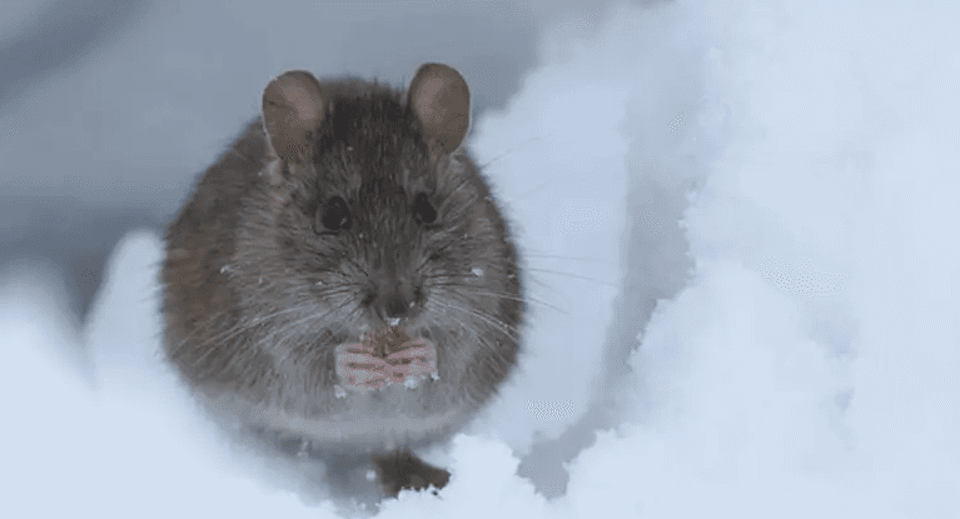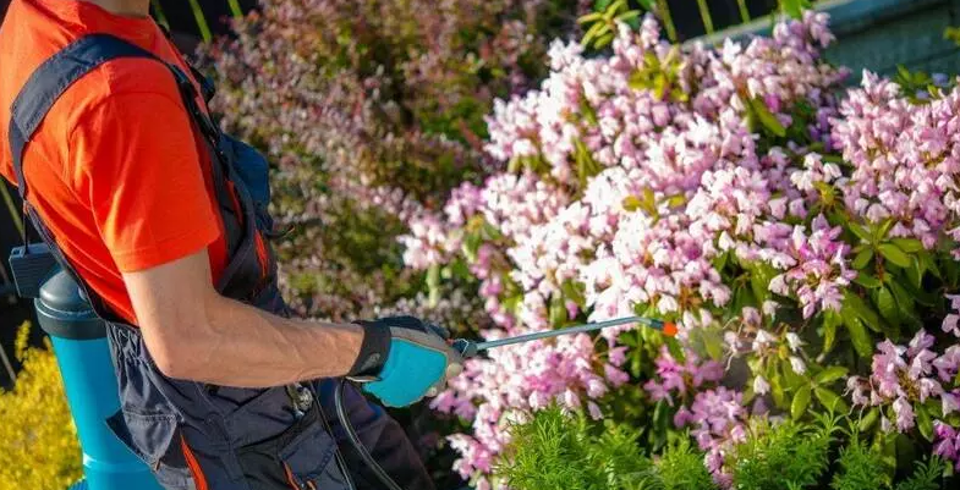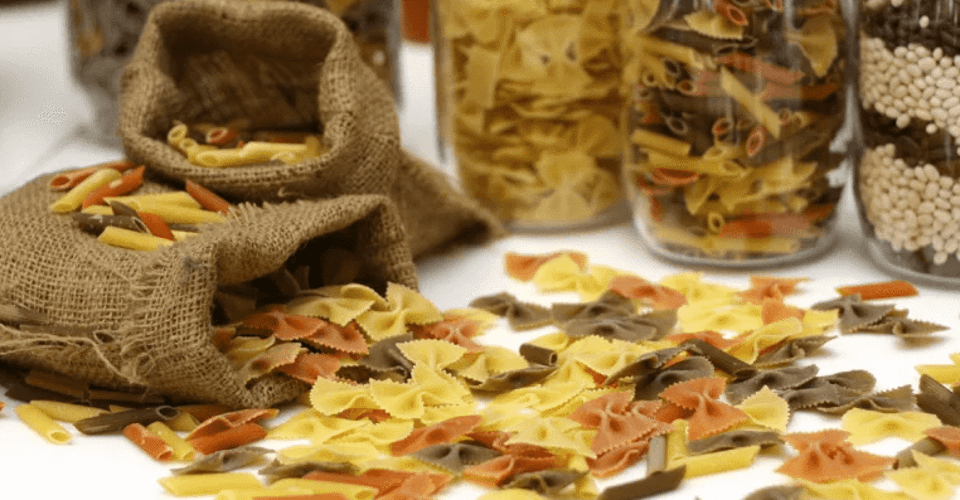Tree-shopping has become quite the holiday tradition for many families. After all, freshly-cut evergreen trees really get the festivities going, making your home smell “just like Christmas” and encouraging family members to hang up their own ornaments and leave presents underneath.
Keep in mind, however, that these trees were not too long ago living ecosystems all by themselves, and home to all manners of insects that may still be hibernating inside.
Here are seven kinds of bugs that you might find still lurking within your brand new Christmas tree:
1. Aphids
Aphids by themselves aren’t terribly threatening, but they do tend to attract more aggressive insects like ants (who milk them for their juices) or wasps (because aphids are just so tasty!).
Aphids may be found on the lower boughs of your Christmas tree, usually in evergreen pines, balsam firs, spruces, Fraser firs, and white fir trees.
Note: don’t squash them on furniture as they tend to leave stains!

Related article:
- How to get Rid of Aphids
2. Bark Beetles
A lot more common in California than you think, bark beetles in sufficient numbers are actually tree-killers, as they eat away at the phloem under the outer bark.
Bark beetles are about the size of a rice grain and have cylindrical, armored carapaces in red, brown, or black.
Look for small holes and sawdust trails on the trunks of your Monterey pines, Ponderosas, Coulter pines, Jeffrey pines, white firs, and junipers as these are signs of bark beetles infestations.

3. Mites
While mites don’t usually carry diseases harmful to humans, they can, however, be particularly bothersome in large numbers (like when you might have an entire nest in your tree!) Their bites can cause intense itching and severe skin irritation.
Look out for tiny red and brown dots, particularly on Douglas firs, white pines, Fraser firs, and spruce trees.
Note: you know you might have a mite problem if your tree needles drop prematurely and if you notice red stains on your ornaments or carpet.

4. Pine Needle Scales
While not particularly harmful to humans, they can potentially infest other plants and trees around your home when they hatch.
You’ll know you have a case of pine needle scales when you see white specks on the needles or branches on your Scotch pine, Norway spruce, or Douglas fir trees.
These specks are actually egg clusters and newly-hatched nymphs look like tiny red bugs.

5. Praying Mantises
Mantises don’t normally consider humans as threatening, but they can bite when mishandled and those bites can be quite painful. Mantises typically prey on grasshoppers, crickets, spiders, and even small birds.
If you see light tan, walnut-sized egg masses, these might just be a clutch of mantis eggs. With just a bit of warmth indoors, you might soon find mantis hatchlings celebrating the holidays with you!
6. Sawflies
The sawfly is actually a type of wasp, but they don’t sting nor do they attack humans. It’s actually the worm-like larva that’s more bothersome as they can cause quite a bit of damage to plants.
Sawflies emerge from brown cocoons as black-and-yellow flies and are more prevalent among spruce and pine trees.
7. Spiders
The good news is most spiders aren’t particularly dangerous or aggressive, as they use their venom mainly for hunting, rather than self-defense. In fact, the two dangerous venomous spiders you only have to worry about (in the United States) are the Black Widow and the Brown Recluse.

Related articles:
- Most Common Pest Problems in California
- The Best Spider Pest Control in Roseville
A Final Word About Purchasing Freshly-Cut Christmas Trees
When a plastic tree just won’t do, keep in mind that if you’re going for a freshly-cut tree this Christmas, you might also be bringing some bugs into your home. It might look clear for now (because it’s wintertime) but once the temperature starts warming up, they’ll start waking up from their hibernation or start wriggling out of newly-hatched eggs.
Examine your tree of choice beforehand, looking for egg clusters or weird growths, particularly in the undersides or along the length of the trunk.
Before bringing your tree inside your home, you may want to keep it in your garage for a few days initially, while you pre-treat it and make sure you don’t have any bugs. Leave it atop a white sheet and give it a really good shake to dislodge any surprises in it.
Lastly, you’ll want to dust your tree with diatomaceous earth or spray it with some neem oil to deal with any bugs still left in the tree. Just don’t use any aerosol pesticide sprays as these are usually flammable.







